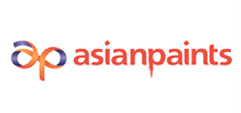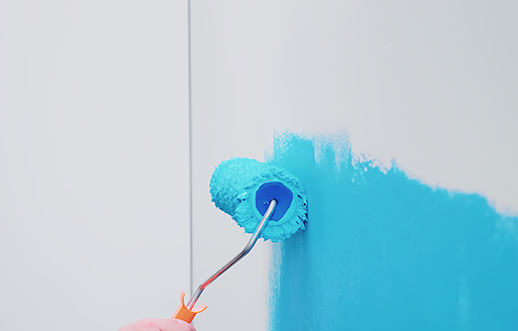Leveraging Google Cloud’s AutoML and Vertex AI for Multi-Label Image Classification
Case Study


About The Client
Asian Paints is a global leader and India’s top paint company, established in 1942. With Mumbai as its base, they operate in over 60 countries. The company produces a wide range of home improvement products, like 4 different types of interior wall finishes, more than 2200 colors available in their paint collections, providing a wide range of options to match different ideas. In addition to paints, they offer items like wall coverings, waterproof solutions, adhesives, and many other services. Asian Paints continues to innovate and provide excellent customer experiences.
Business Context
The predominant approach for detecting internal and external defects has involved manual inspections conducted by skilled professionals. Nevertheless, this method is characterized by a sluggish pace, resource intensiveness, and susceptibility to errors, leading to delays in customer service. To address these challenges, Asian Paints wanted to utilize AI to remove manual inspections by trained specialists.
Challenge:
The primary challenge was to construct a cost-effective, automated, and scalable solution capable of detecting over 15 distinct types of defects. Performing checks for all these types simultaneously would have resulted in substantial consumption of cloud resources by users. Consequently, the deployed model was expected to activate only in response to an API hit during specific time periods of the day.
Opportunity:
Niveus addressed the Asian Paint’s challenge of identifying internal and external defects with a scalable and no-code solution on GCP. This solution requires no specific domain knowledge or coding expertise, providing the accuracy and flexibility the client needed for their surface defect detection needs.

Business Solution
The solution helped the client to identify defects based on categories and criteria. This included whether the defect is above/below/on the surface, defect color/texture, and more. The categories for defects included algae, blisters & bubbles, sand-like particles, efflorescence, patchiness, peeling, poor adhesion, rough finish, shade fading, and more.
GCP’s AutoML for image multi-label classification can provide a low-code solution that allows users to search through ML algorithms and leverage a single model for multiple defect types that get detected with respective confidence threshold clusters.

- The images shared by the client were categorized into specific defect categories to be fed to the model for training
- The categorization was performed on specific criteria. Based on the categorization of the defect, folder namespaces were used for defect-specific images
- Those images that have more than a single defect were used in corresponding defect folders of the input training data. Image dataset folder-wise uploaded to GCS
- The zipped files stored in Google Cloud Storage buckets were imported into the Vertex AI multi-label image classification models for training
- In Vertex AI UI Console, the respective labeling/annotation for the defect types was performed
- Vertex AI enabled the above feature engineering by being able to track the lineage between datasets, their training iterations, models generated, and the eventual deployments. Vertex AI also supports deployments to endpoints that run on managed GKE clusters without the need to maintain them
- Used Cloud Run for model deployment that generated an API, which was shared with the client
Key Value Delivered
- Automated defect detection significantly cut down the time spent on manual inspections, freeing up valuable resources for other tasks
- Early detection of defects led to quicker repairs, minimizing customer service delays and rework cost

Business Impact
93%
Model Accuracy rate – resulted in high performance for detecting defects






